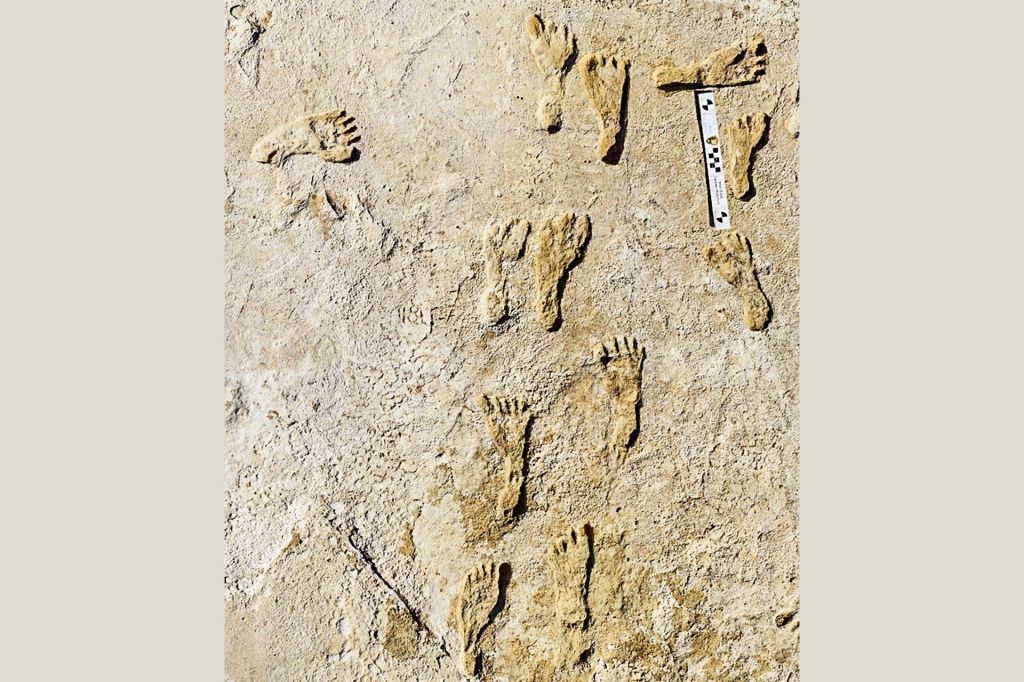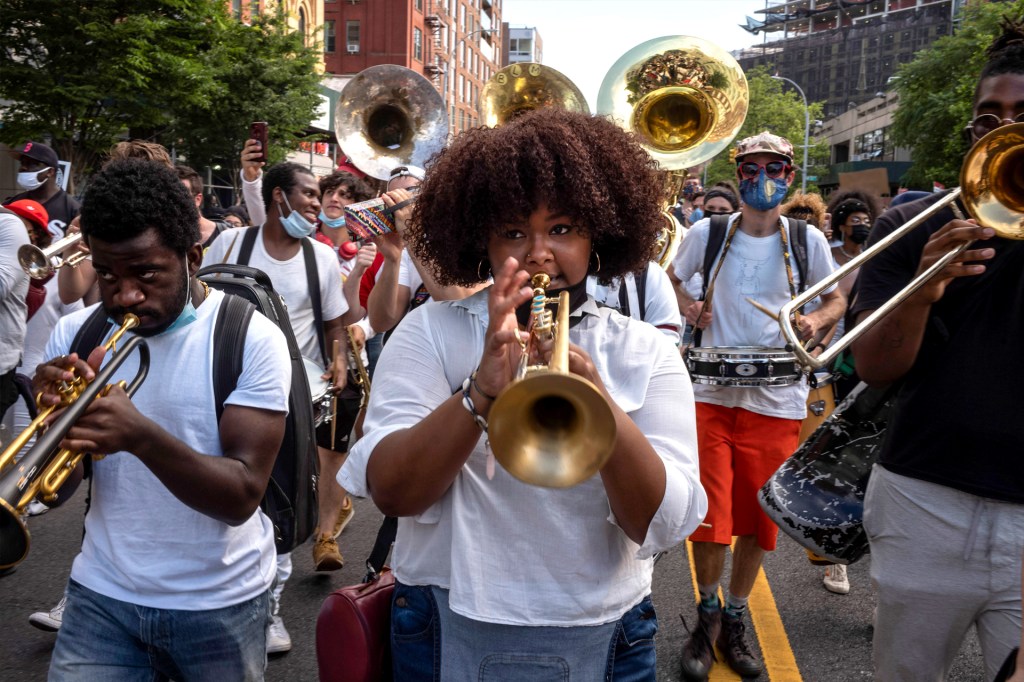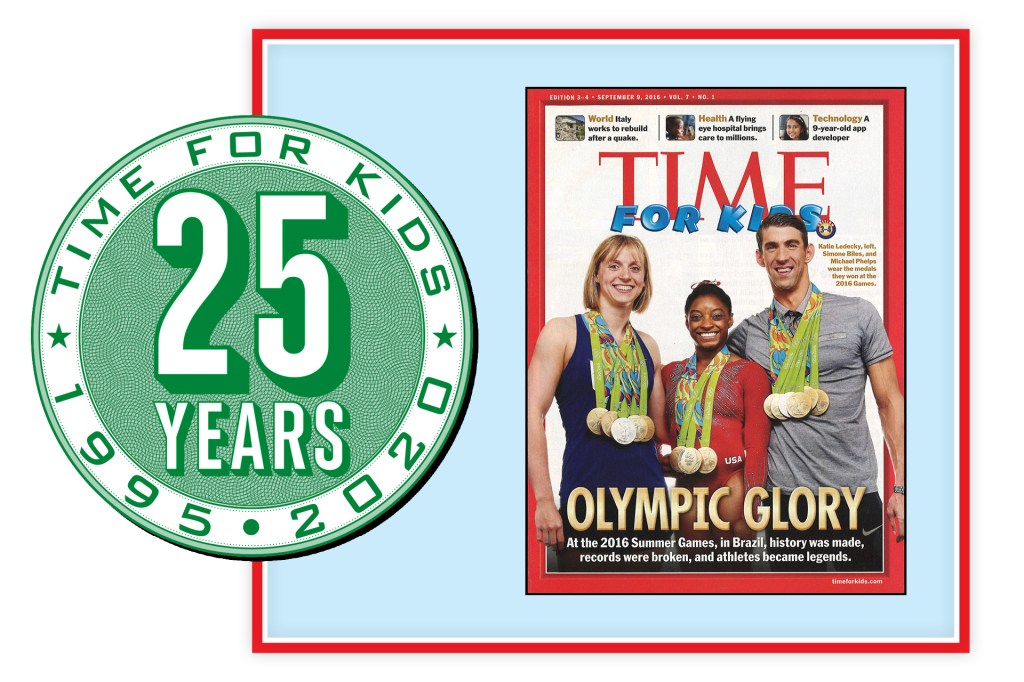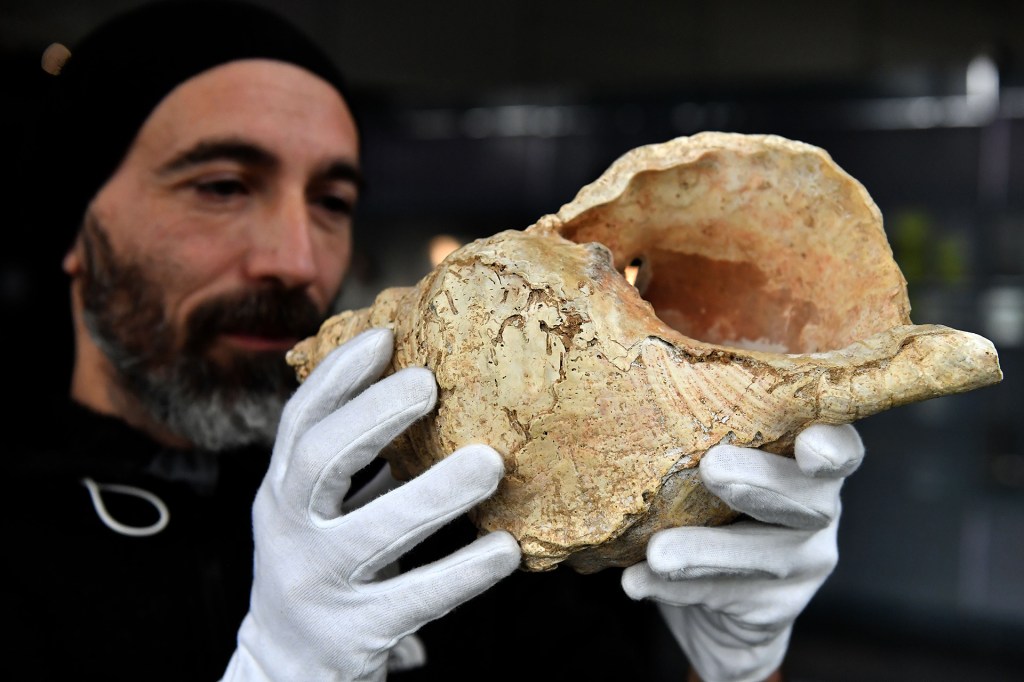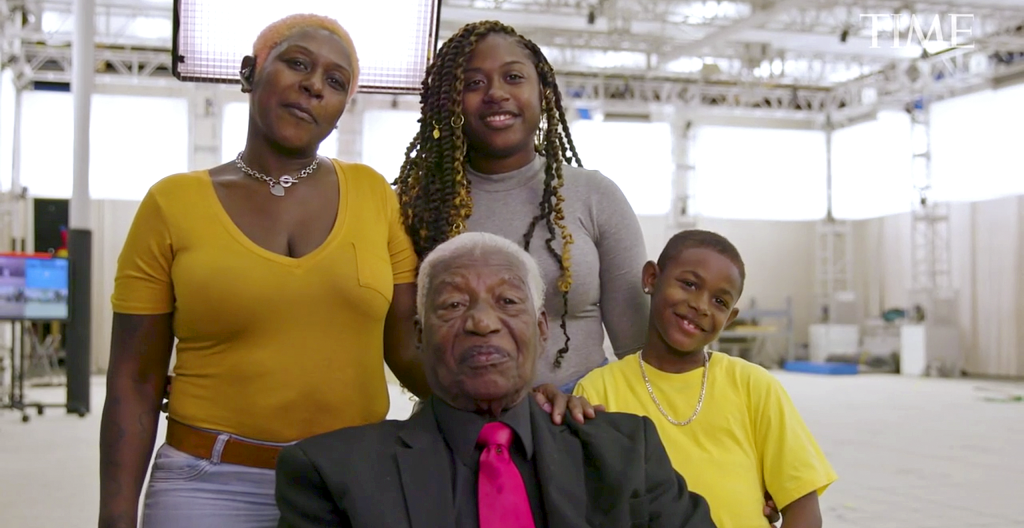
Thanks to virtual reality, a man who attended the 1963 March on Washington returns to the scene with his great-grandson.
TIME’s virtual-reality exhibit The March re-creates the historic March on Washington of 1963. Visitors can walk with the 250,000 people who went to the nation’s capital that day. And they can witness Martin Luther King Jr. deliver his iconic “I Have a Dream” speech.
The exhibit’s producers want visitors to feel as if they’re really at the march. To reconstruct the crowd, they used a process called motion-capture. Actors were scanned from every angle. Later, the images were put together to make digital characters.
Thousands of actors responded to a call to participate in the motion-capture. About 80 were selected. One of them was 8-year-old LaVell Thompson Jr.
The producers met LaVell in Los Angeles, California, in September 2019. What they didn’t know at the time is that LaVell has a personal connection to the march. His great-grandfather, Reverend Jeffrey Joseph, was there on August 28, 1963.
Looking Back
Joseph, 90, is a pastor at New Heaven Missionary Baptist Church in Los Angeles. Most of what LaVell has learned about the March comes from stories his great-grandfather told in church. “It was very scary for black people back then,” LaVell says. “Martin Luther King wanted to help all people have a better experience in the world.”
Joseph can remember the days when civil rights protesters experienced violence in the South. He’d been a pastor in Jennings, Louisiana, which was segregated, and later in Louisville, Kentucky. In April 1963, Joseph saw TV footage of police in Birmingham, Alabama, spraying fire hoses at protesters. He started raising money for civil rights causes.
That August, Joseph hopped a train from Louisville to Washington, D.C., to take part in the march. He recalls standing about 50 feet from King that day.
Marching Forward
Joseph joined his great-grandson on the film set for The March. Cameras scanned him in a specially designed light booth. It couldn’t have been more different from what he saw in 1963. Still, it brought back memories. He says the march gave him hope and a feeling of “brotherhood.”
Though it didn’t end discrimination, Joseph says, the march had many positive effects. “Without that March on Washington, all of those black politicians would not be in office,” he says. “It made an impression.”
Now, with The March, the event makes a new kind of impression. Visitors can stand with a quarter- million others—including the re-created figure of Reverend Joseph, marching with his great-grandson.

